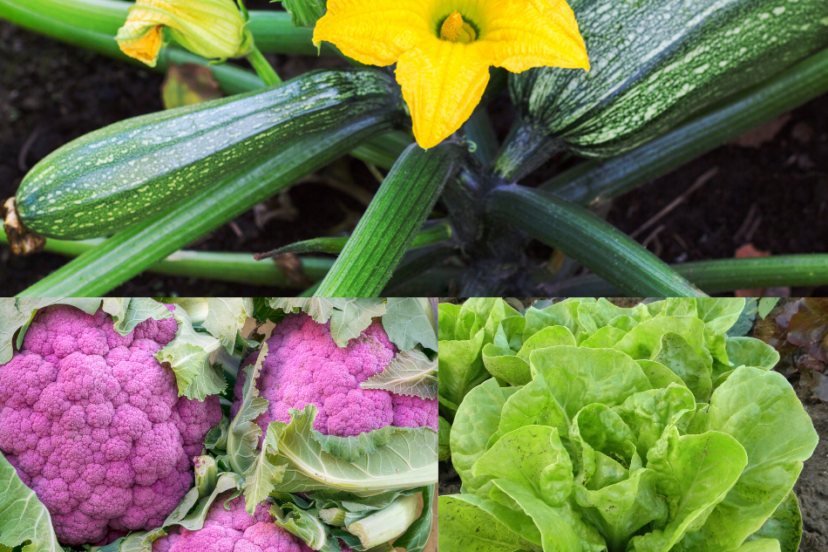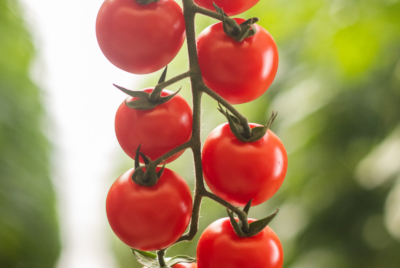Growing Low Oxalate Foods In Your Garden
Foods rich in oxalates can be harmful to your health, contributing to kidney stones and other health issues. But fear not, with our ultimate guide, you can grow a variety of low oxalate foods right in your garden! Learn about the best low oxalate plants to cultivate, gardening tips for a successful harvest, and how to incorporate fresh, nutrient-rich produce into your diet. Take control of your health and plate with these tips on growing your own low-oxalate foods.
Key Takeaways:
- Understanding Oxalates: Learn about the importance of growing low-oxalate foods in your garden for better health.
- Beneficial Low-Oxalate Plants: Identify and cultivate plants like lettuce, broccoli, zucchini, and cauliflower that are low in oxalates.
- Soil pH and Amendments: Adjust soil pH levels and use appropriate amendments to promote the growth of low-oxalate plants.
- Watering and Sunlight: Ensure proper watering and sunlight exposure to help low-oxalate plants thrive in your garden.
- Monitoring Plant Health: Regularly check for any signs of nutrient deficiencies or pests to maintain the health of your low-oxalate garden.
Understanding Oxalates
What are Oxalates and Why Do They Matter?
One of the first things to understand when it comes to growing low-oxalate foods is the role of oxalates in our diet. Oxalates are naturally-occurring compounds found in many plant foods. They are known to bind to minerals in the body, which can inhibit their absorption.
How Oxalates Affect Our Health
The impact of oxalates on our health can vary. They can contribute to the formation of kidney stones in susceptible individuals. However, for most people, the consumption of moderate levels of oxalates in a balanced diet is not a concern. Affecting the body’s ability to absorb certain minerals, oxalates can be a consideration for those with specific dietary needs, such as individuals prone to kidney issues.
Choosing the Right Low-Oxalate Crops
Leafy Greens and Vegetables to Grow
Some crops are rich in vital nutrients while being low in oxalates, making them perfect for your garden. Spinach, kale, swiss chard, and beet greens are excellent choices to grow. They provide vital vitamins and minerals without the worry of high oxalate levels.
Fruits and Herbs That Are Low in Oxalates
Any gardener looking to reduce oxalate intake can benefit from planting blueberries, strawberries, apples, and basil. These fruits and herbs not only add flavor to your dishes but also offer health benefits without the oxalate concerns.
Fruits and herbs low in oxalates like blueberries and basil are not only delicious but also provide vital nutrients without the risk of kidney stone formation. Including these in your garden can enhance your meals while maintaining a low-oxalate diet.
Preparing Your Garden for Low-Oxalate Success
Soil Preparation and pH Balance
Success: Keep in mind that low-oxalate plants thrive in well-draining soil with a slightly acidic to neutral pH level. Testing your soil and adjusting the pH accordingly will set the foundation for a successful low-oxalate garden. Adding organic matter like compost can also improve soil structure and nutrient content.
Composting and Fertilizing for Optimal Growth
For: Composting and fertilizing are necessary steps in promoting optimal growth of low-oxalate plants. Utilizing compost made from kitchen scraps, yard waste, and other organic materials can supply your plants with necessary nutrients. Avoid chemical fertilizers high in oxalates, as they can counteract your efforts to reduce oxalate levels in your harvest.
Growing and Harvesting Your Low-Oxalate Bounty
Tips for Planting and Watering
Many gardeners find that growing low-oxalate foods can be a rewarding experience. To ensure a successful harvest, it’s vital to plant your crops in nutrient-rich soil and provide them with adequate watering. Consistent watering is key to healthy plant growth, so make sure to monitor the moisture levels regularly. Add a layer of mulch around your plants to help retain moisture and deter weeds. Remember to water deeply in the mornings to allow the roots to absorb the water efficiently. Though, avoid overwatering to prevent root rot.
- Plant your low-oxalate crops in nutrient-rich soil.
- Provide consistent watering to ensure healthy growth.
- Use mulch to retain moisture and deter weeds.
- Water deeply in the mornings for optimal root absorption.
Thou will soon see your low-oxalate garden thriving with these planting and watering tips.
Pest Control and Common Issues to Watch Out For
On pest control and common issues to watch out for, it’s vital to keep an eye on your low-oxalate plants for any signs of pests or diseases. Some common pests that may affect your crops include aphids, caterpillars, and snails. Implementing natural pest control methods like introducing beneficial insects or using homemade remedies can help protect your plants. Keep an eye out for any signs of discoloration, wilting, or unusual spots on the leaves, as these could indicate underlying issues that need to be addressed promptly.
Watering is crucial for the health of your low-oxalate plants. Overwatering can lead to root rot, while underwatering can cause stress to your crops. Ensure that you strike a balance and monitor the moisture levels consistently to keep your plants thriving. By providing your garden with the right amount of water, you’ll be rewarded with a bountiful harvest of delicious, low-oxalate foods.
Conclusion on Growing Low Oxalate Foods In Your Garden
Drawing together the benefits of growing low-oxalate foods in your garden can lead to a healthier diet and lifestyle. By following the tips and techniques outlined in this ultimate guide, you can enjoy a variety of nutritious and delicious fruits and vegetables while maintaining optimal oxalate levels in your body. Start planting your low-oxalate garden today and reap the rewards of fresh, homegrown produce.
FAQ’s about Growing Low Oxalate Foods In Your Garden
Q: Why should I consider growing low-oxalate foods in my garden?
A: Low-oxalate foods can be beneficial for individuals with certain health conditions like kidney stones or urinary tract issues. By growing these foods in your garden, you can have easy access to fresh produce that supports your dietary needs.
Q: What are some examples of low-oxalate foods that I can grow in my garden?
A: Some examples of low-oxalate foods that you can grow in your garden include broccoli, cauliflower, kale, lettuce, zucchini, and cucumbers. These vegetables are not only nutritious but also low in oxalates.
Q: How can I ensure successful growth of low-oxalate foods in my garden?
A: To ensure successful growth of low-oxalate foods in your garden, make sure to provide adequate sunlight, water, and nutrients to your plants. It’s also important to plant them in well-draining soil and monitor for any signs of pests or diseases.
Q: Are there any specific gardening practices I should follow when growing low-oxalate foods?
A: When growing low-oxalate foods, it’s beneficial to practice crop rotation to prevent soil depletion and disease buildup. Additionally, avoid over-fertilizing your plants, as this can increase oxalate levels in certain vegetables.
Q: How can I incorporate low-oxalate foods from my garden into my diet?
A: You can incorporate low-oxalate foods from your garden into your diet by including them in salads, stir-fries, smoothies, and soups. Get creative with your cooking and enjoy the fresh flavors of homegrown produce while reaping the health benefits of low-oxalate foods.
Companion Planting Cucumber with Zucchini and Squash
The Secret to Growing Plum Trees in Pots
Maximise Your Harvest – Companion Planting Arugula with Watercress and Endive
Companion Plant Broccoli With Compatible Veggies
5 Tips How to Grow a Ton of Lemons in One Tree




